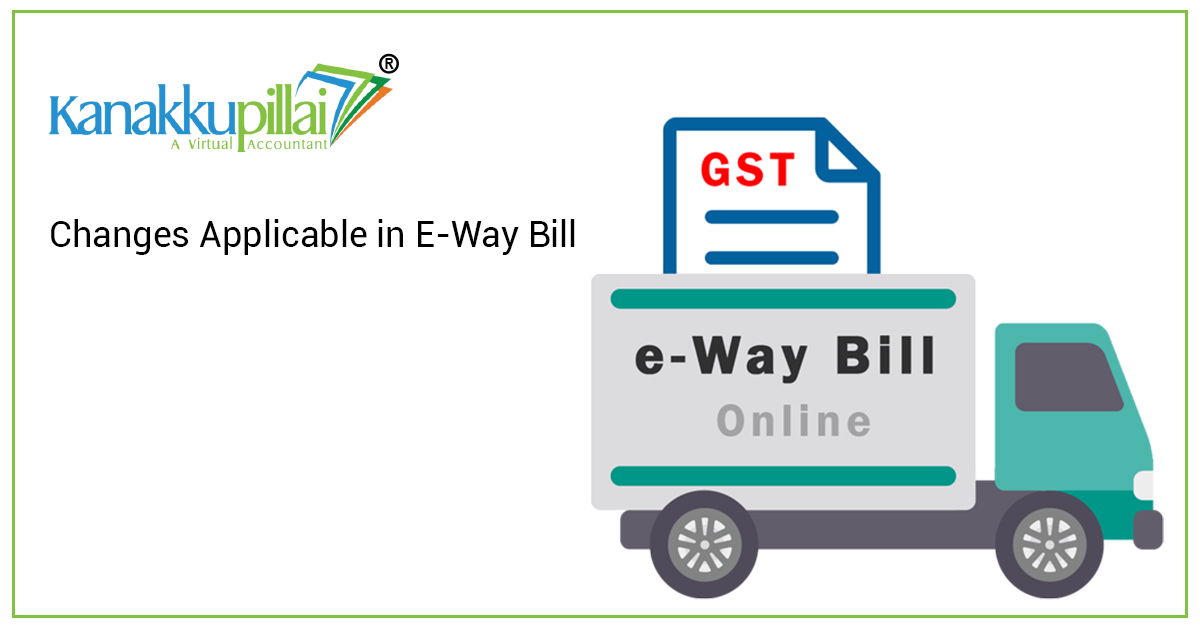This article has been put together to address a significant shift in the GST Regulatory Framework of the E-Way Bill. It is highly relevant because of the nature of this change, considering how even a slight modification can have a significant impact on every business sector.
The Norm as of Now
Before we discuss the anticipated change in the E-Way Bill in detail, it’s vital to understand the current rules and the legal process that occurs whenever a GST official or officer stops a truck.
In such situation, the products and the truck are confiscated on the spot if an official notices a discrepancy with regard to the documents or the paperwork provided by the truck driver to such officer of the GST, such as the E-Way Bill or Tax Invoice, or if there is a mismatch with respect to the description of products or the quantity at the time of interception.
The officer can then demand payment of the tax that has not been paid, as well as the penalty, in order to release the items or the products in custody. However, if someone other than the owner comes to collect the seized things, the situation is different. If this is the case, the penalty is equivalent to the value of the goods in possession of the GST Authority minus the amount of tax that is chargeable on such goods or the products in question.
The concerned company might potentially get a preliminary release of products by paying the required amount in bonds and securities. The businesses or the owner’s explanation at the time of interception, and even after or in the later period of interception, also plays a significant role in determining such tax and payment.
In most of these cases, we can see that the business owner, or in short, the businessman, files an appeal after the goods have been released against the order, on payment of tax and penalty, to have such tax and penalty paid by the Department released.
The standard reasoning that the business owner makes is that the same transaction cannot be taxed twice. And this would basically aid them in receiving a tax refund. However, the refund or return of the amount of the penalty paid by the business owner is contingent on the
- response to the show cause notice,
- along with other factors like how well and with what quality the appeal was drafted, and
- The explanation was offered during the personal hearing to the GST Authority and its officials.
In the event that the liability is discharged by paying using a bond and security, an appeal will be filed against a 10% pre-deposit for the stay of demand. The Department initiates the process of Confiscation in cases of non-payment or failure to provide security, and in some cases, the Department may also collect the necessary amount by auctioning the products or the goods of the customer, and also the truck(s)
Changes to Take Place from 1st of January 2022.
Instead of paying the tax and penalty as is the case now, the accused will be required to pay a fine equal to twice the amount of the tax. The entire sum will be classified as a penalty, and nothing will be classified as a tax amount here. This means that if you seek a refund, you will either receive the entire amount or nothing at all, as opposed to receiving the tax amount in most cases stipulated before. Section 129 has been delinked from section 67 of the GST Laws, hence the provision for granting bonds for the release of goods will be deleted as well. If anybody other than the owner comes to recover the seized items and truck, the penalty will become equal to the value of the products or goods that are in the custody of the GST Authorities.
If the business owner or any other person fails to come forward and pay a fine for the items and the truck taken into custody by the GST Authorities or Officials, then the truck driver will be required to pay a tax on such commodities. This amount shall come up to a maximum punishment of INR 1 lakh, in order to have his or her truck released.
The interception-verification-detention process must be completed within a regular time limit of 22 days at the maximum. The pre-deposit for a penalty stay has also been enhanced to 25% from the previous 10% before the Commissioner.
What Does This Hold for the Business Sector?
One thing we can take away from this article and its content as business owners is that we need to treat the e-way bill seriously and verify that the company is following all applicable laws, rules, and regulations.
We should also be aware that the agency has just begun requiring E-Way Bill matching. By exercising caution regarding GST rules and regulations, we can avoid a lot of stress and end up paying a significant penalty, which would increase the legal costs expended by the entity.
The E-way bill has proven useful for preventing tax evasion. It also aids in keeping track of the commodities or goods that are actually being transported and specified in the invoice and E-Way Bill by the company and its owners.
It would always be recommended to adhere to all the rules, regulations, and laws that are enforced by the Government so that we are not only able to become better, more responsible citizens but also keep at bay the legal costs that would add up to the total costs of the business.
It also has the power to bring us under the radar of the GST Authority and all other allied authorities or departments of the Government. This will eventually affect the credibility of our business as a brand.





